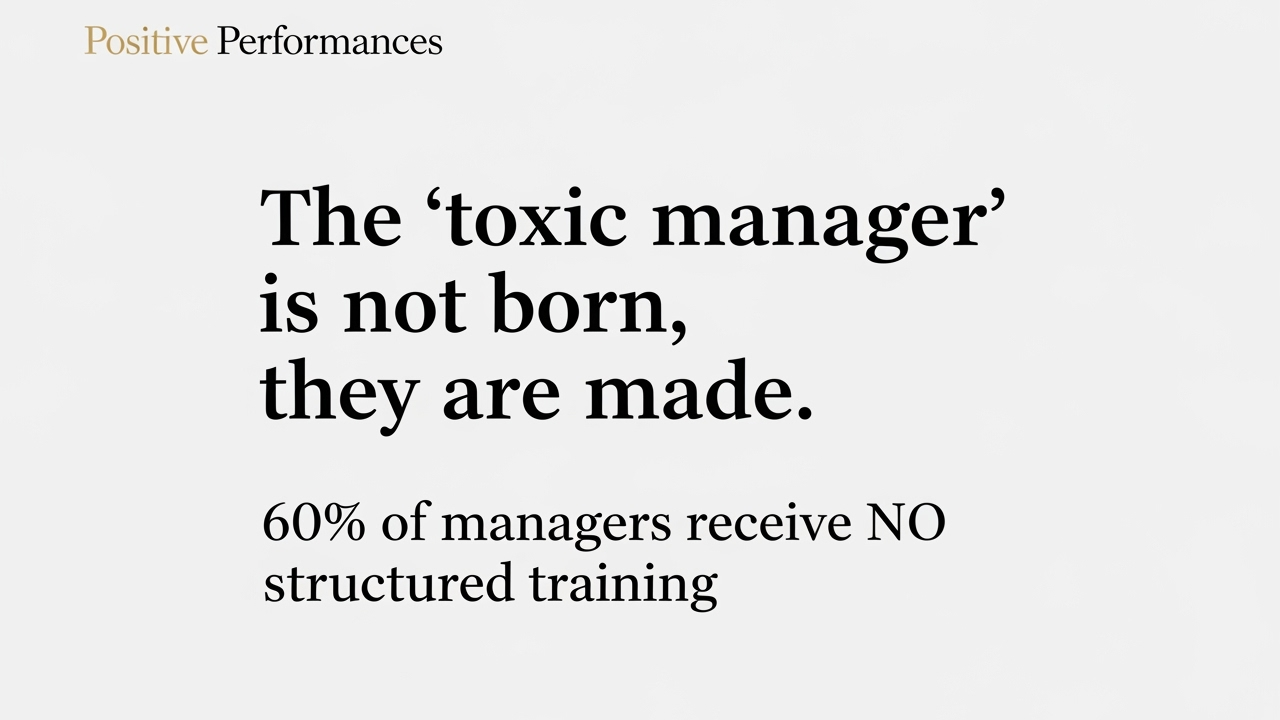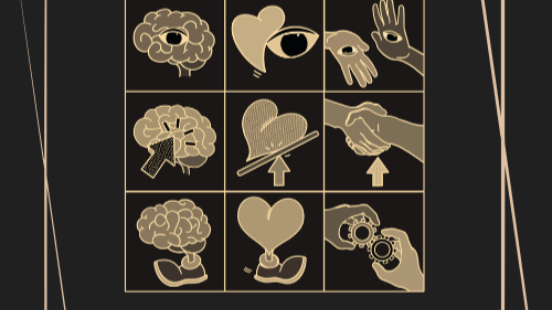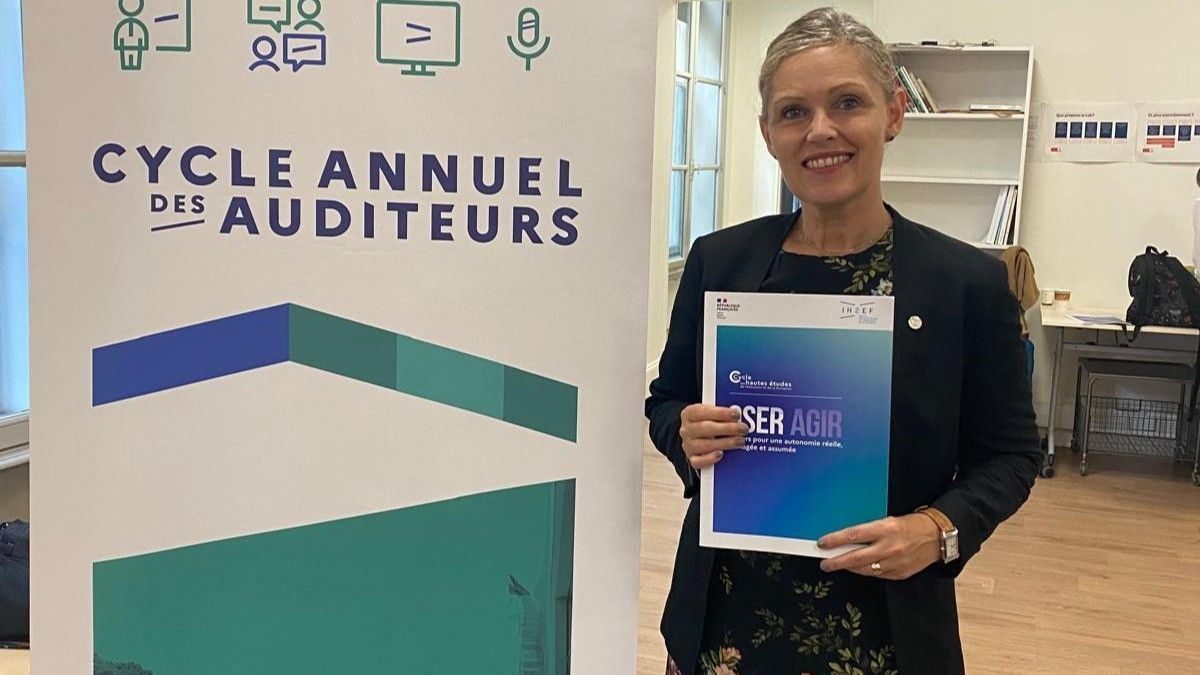2.3 Burnout and emotional exhaustion, definitions and measurements.
Schaufeli et al. (2009) described burnout as:
‘It implies that once a fire was burning, but the fire cannot continue burning brightly unless there are sufficient resources that keep being replenished. Over time, employees experiencing burnout lose the capacity to provide the intense contributions that make an impact.’ (p.204)

The first studies mentioning burnout appeared in 1974 (Perlman & Hartman, 1982). At the time Christina Maslach was also studying this phenomenon and faced the challenge of naming this condition, which hundreds of people described in the same way. It included extreme fatigue, lack of motivation, cynicism, negative attitudes towards colleagues and family and depression. The term burnout came up from an interviewee (Maslach, 1976).
Freudenberger, who experienced burnout twice in his life himself, described burnout as a progressive depletion of emotions, decrease in motivation and commitment (Freudenberger, 1974). Not all scholars define burnout in the same way. In 1981, Maslach and Jackson conceptualised it as a multidimensional construct that could not be diagnosed with one overall burnout score (Perlman & Hartman, 1982). The three components of the Maslach burnout inventory (MBI) were EE, depersonalisation (cynicism) and personal accomplishment (efficacy).
Employees experiencing EE feel emotionally drained and try to create a distance between them and others, sometimes by developing indifference. Depersonalisation comes with negative attitudes towards customers and reduced personal accomplishment relates to the worker having a negative or a destructive evaluation of themselves (Maslach, 1881). Pines and Aronson (1981) considered exhaustion only and examined emotional, physical and mental exhaustion.
According to Maslach (2009) the one-dimensional exhaustion construct may be used when considering the condition of the individual as a context-free phenomenon, but in that case, the term ‘burnout’ should not be used because the burnout concept’s origins are within the work-life conditions of an individual, whereas cynicism and self-efficacy are necessarily related to something specific. Although Maslach and Leiter’s approach to burnout has evoked criticism (Bakker, Demerouti & Schaufeli, 2002; Schaufeli & Salanova, 2007; Schaufeli, Salanova, GonzalezRoma, & Bakker, 2002), it has the merit of connecting burnout research with positive psychology, as well as with prevention instead of the continuous attempt at repair (Seligman, 2000).
In 2003, Demerouti, Bakker, Vardakou and Kantas proposed the Oldenburg burnout inventory (OLBI) that measured burnout, EE and DE from work as an alternative to the MBI. In addition to wording questions both positively and negatively, it measures the physical and cognitive aspects of exhaustion. OLBI contrasts with the MBI in that it measures only the affective aspects of exhaustion and has positively phrased questions for personal efficacy and negatively phrased question for exhaustion (Demerouti & Bakker, 2007). The OLBI assesses burnout by reversing the scores of the positively worded items and measures work engagement by reversing the scores of the negatively worded items (Demerouti & Bakker, 2007).
To conclude OLBI and MBI both place burnout and work engagement as opposites on a continuum.
In the past few decades, the sociocultural evolution has encouraged individualism and caused a fracture in social relationships (Lasch, 1979), creating the conditions for stress, exhaustion and finally burnout (Farber, 1983). The socioeconomic transformation from industry to service is another cause of psychological pressure, not only at work but also in life. Loriol (2002) compares the emergence of burnout during this move from industry to service economy with the appearance of neurasthenia when developed countries transformed from agricultural societies to industrial economies.
In today’s professional environment, two additional factors are considered as causing burnout: the imbalance of resources and demands (Aiken, Clarke, Sloane, Sochalski & Silber, 2002) and the stress arising when the personal values of the individual differ from the organisation’s practices (Hemingway & Maclagan, 2004).
In the 1990s, guidelines for practitioners in the Netherlands specified three levels of illbeing, namely distress, nervous breakdown and burnout. Distress related to partial difficulties, nervous breakdown to a total but temporary loss of occupational capacities and burnout was the end stage with a long-term effect. All these were related to work (Van der Klink & van Dijk, 2003).
As a side theme, it is noteworthy that scholars do not all agree when it comes to demographic variables affecting or not affecting the levels of EE, DE and burnout. Controversial studies can be found on the relationship with age, gender, years of experience and marital status (Konert, 1997, Laub, 1998) A meta-analysis conducted by Brewer and Shapard (2004) on 36 studies (N=10 818), confirmed a slight negative correlation between age and burnout, age and EE, experience in the field and burnout as well as experience in the field and EE (mean unweighted results from r=-.11 to r=-18). The relationship between experience in the current role and burnout as well as experience in the current role and EE came out as insignificant, with only a very small negative correlation (mean unweighted r=-.05 to r=-.1). The sample did not include hospitality workers.

PS: This is an extraction from:
Hospitality managers’ well-being: Emotional exhaustion, disengagement and the relationship with work orientation and life satisfaction
Hrafnhildur Krumma Jonsdottir
Student n°: U1637298 School of Psychology,
University of East London, Water Lane, London
Programme: MAPPCP Term: 2-2019 Submitted on May 14th 2019
Module leader: Dr Rona Hart











